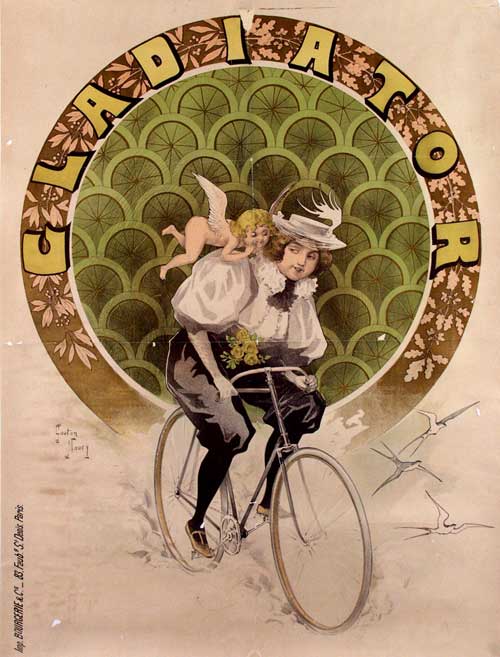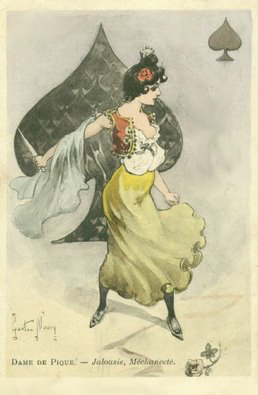Gaston Noury,
a French Artist with a Flare for the International
Advertising and costume designing in the early part of the 20th century, for entertainment centers such as the Moulin Rouge and Les Ambassadeurs in the Montmartre district of Paris was a great way to earn a fortune. Albeit it only happened for a few – one was a young artist from Normandie named Gaston Noury.
Gaston was born and lived in the departments of France just west of Paris. He learned art at the hands of a master – his grandfather was the director and curator of the local art museum. Frequent visitors to the Noury home included artists named: Pissaro, Renoir, Monet, and Degas.
Advertising and costume designing in the early part of the 20th century, for entertainment centers such as the Moulin Rouge and Les Ambassadeurs in the Montmartre district of Paris was a great way to earn a fortune. Albeit it only happened for a few – one was a young artist from Normandie named Gaston Noury.

Gaston was born and lived in the departments of France just west of Paris. He learned art at the hands of a master – his grandfather was the director and curator of the local art museum. Frequent visitors to the Noury home included artists named: Pissaro, Renoir, Monet, and Degas.
At age 23 Noury settled in Paris and took residence in the shadow of the newly erected Basilique du Sacré-Cœur.
Within a span of some 12 to 15 years the artist found his fortune growing but his dissatisfaction with trivial projects made him strive for more than just costuming and art house posters. In his mature years, Noury was often angered by critics who deemed him an illustrator. They called his work juvenile and naive.
His decision to move to advertising and publishing led him to more serious work and he soon found some happiness in book illustrating. He also gained notoriety in fashion design through the exposure his work received in magazines and in-house publications.
Noury’s fashion designs were the most whimsical of all his work. His palette was, for the most part, soft earth tones applied with a light touch, a marked departure from his early, often brilliantly colored renderings for everything from bicycles to soap.
Florals and playing card designs were favored, yet his portrayals of young and seductive women in fashions showing long slinky legs, wide midriffs, lots of cleavage and sometimes bare breasts also captured the public’s imagination. He was widely praised for his ability to draw stylized faces and delicate hands and feet.

La Dame du Pique

La Dame et un ventilateur égyptienne
From the 1890s to the 1920s when postcards captured the attention of the French, in a manner even more dynamic then they did Americans, it was the work of artists like Suzanne Meunier, Maurice Milliard, Louis Pettier, Albert Pinot, and Gaston Noury who supplied the art that Parisian publishers needed to keep their presses rolling.
Thousands of images originally created for entertainment and fashion found their way to postcards. Noury was far from the lead, but his images were in high demand because they were delicate, and dare I say it, the most suggestive of Victorian tastes.
He had a special skill in drawing that combined pencil, chalk or ink with watercolor washes.
Most collectors of Noury’s postcards will be surprised to learn that there are ten categories or sets of Noury cards. The earliest include the Depose Cinos set and his Collection des Cent. Sets most idiomatic to his best-known style are the fairy nudes, fans, boxes, shoes, perfumes, and the very elusive mermaids. Others include a set illustrating the Captain Alfred Dreyfus affair and the individual personalities of playing cards. Most sell for upwards of $45.00 and often much more.
A most fascinating fact in a Gaston Noury biography is that no one knows of his demise. He simply vanished about 1918. Some think he emigrated from Paris to Canada, yet others speculate him to be an un-named World War I casualty.
Thankfully, Gaston Noury’s art still lives in our postcard collections.

Is the lady on the bicycle for sale…. kind regards Mike
Very interesting.